
प्रणम्य शिरसा देवं गौरीपुत्रं विनायकम् ।
भक्तावासं स्मरेन्नित्यमायुः कामार्थसिद्धये ।।1।।Pranamya shirasa devam Gauri putram Vinayakam.
Bhakthavasam smaretrityamayuh kama artha sidhaye ||1||The learned one, who wishes, For more life, wealth and love,
Should salute with his head to, Lord Ganapathi who is the son of Goddess Parvathiप्रथमं वक्रतुडं च एकदन्तं द्वितीयकम् ।
तृतीयं कृष्णपिंगाक्षं गजवक्त्रं चतुर्थकम् ।।2।।Prathamam Vakratundam cha, Ekadantam dwitiyakam.
Tritiyam Krushna Pingaksham,Gajavaktram Chaturthakam ||2||Think him first as god with broken tusk, Second as the Lord with one tusk, Third as the one with reddish black eyes, Fourth as the one who has the face of an elephant.
लम्बोदरं पंचमं च षष्ठ विकटमेव च ।
सप्तमं विघ्नराजेन्द्रं धूम्रवर्णं तथाष्टमम् ।।3।।Lambodaram Panchamam cha ,Sashtam Vikatamev cha.
Saptamam Vignarajam cha,Dhoomravarnam tathashtamam ||3||Fifth as the one who has a very broad paunch, Sixth as the one who is cruel to his enemies,Seventh as the one who is remover of obstacles, Eighth as the one who is of the colour of smoke.
Narada Purana
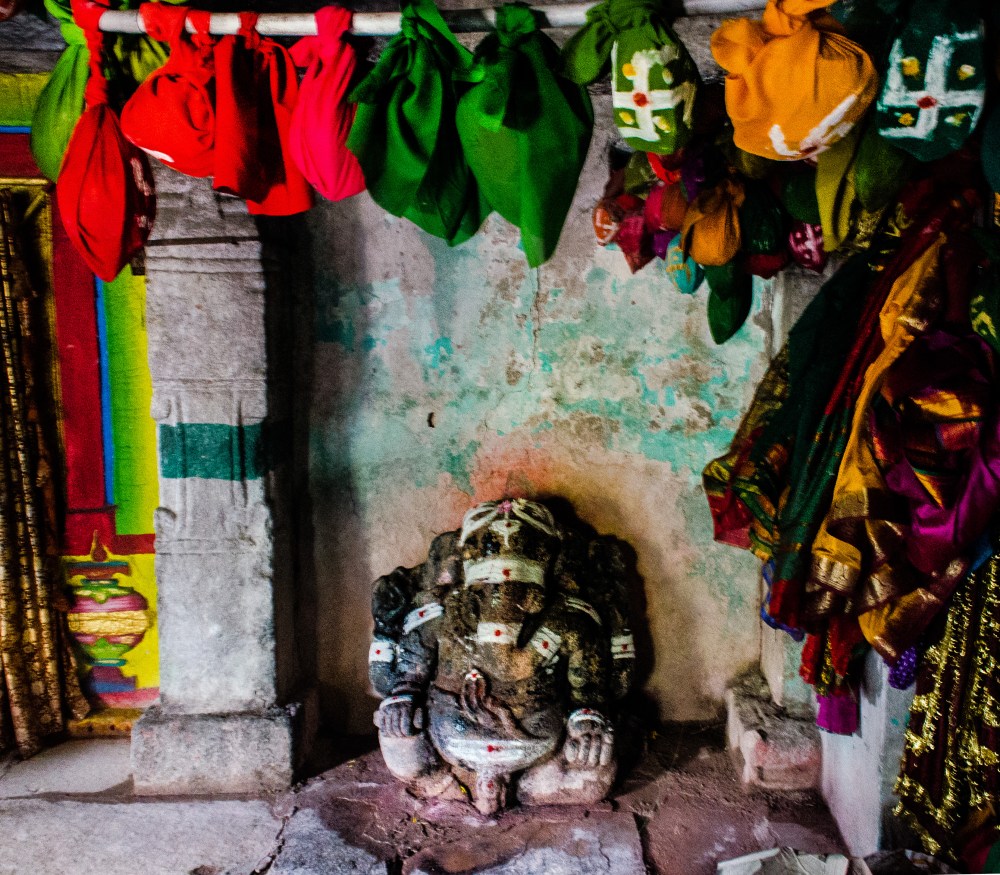
Ganesha, also popularly referred to as Vighnesvara, is the god who presides over obstacles, by both placing them in the way and also removing them. His capability of doing both is explained through a story in the Lingapurana . The story states that the various rakshasas and asuras through their virtuous acts and sacrifices received many boons from Shiva. Armed with these boons they then turned to attack the devatas and defeated them. After facing many such defeats the gods headed by their king Indra requested Shiva to create someone who would provide obstacles in the way of the asuras and rakshahas in their virtuous acts , hence making them unfit for any boons. Shiva agreed, and from one of his amsas (his energy or power) came to life a being known as Vighnesvara, who was asked by Shiva to create obstacles for the asuras, rakshasas, and other evil beings in their acts of virtues and sacrifices. He also asked Vighnesvara to help the devas and other pious beings in their good deeds by removing all obstacles. In Shivapurana, Matsyapurana, and Skandapurana the birth of Ganesha is however attributed only to Parvati where while bathing she combined the oils and ointments with the impurities that came from her body and created the figure of a man, which she brought to life by sprinkling the waters of the Ganga.
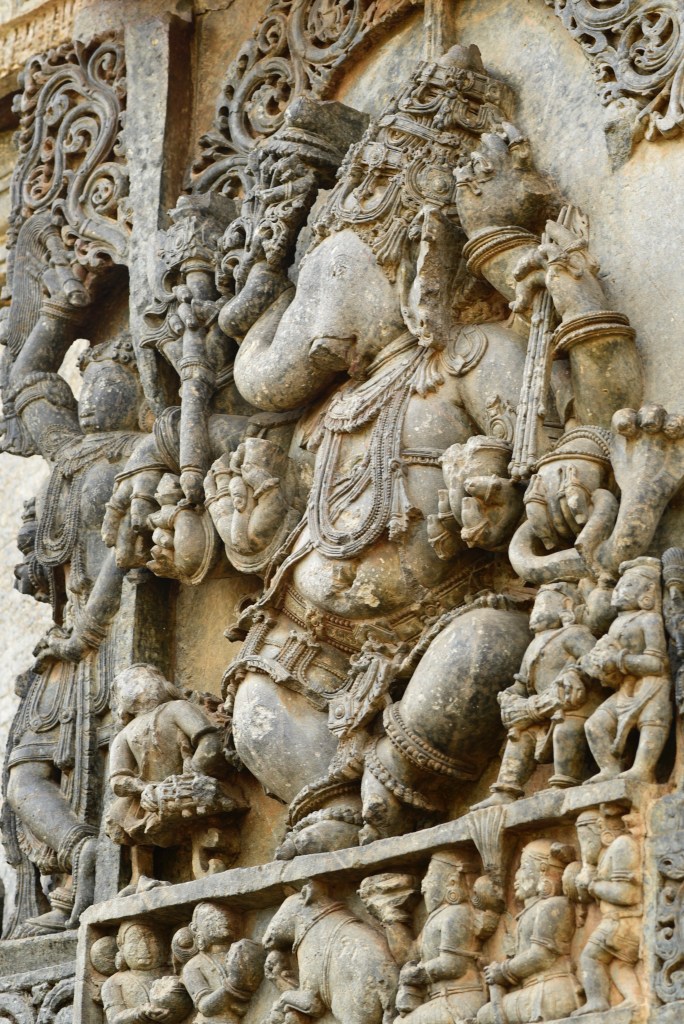
In the earliest known reference to Ganesha, in the Aitareya Brahmana I. 2.2, he is referred to as Brahma, Brahmanaspati or Brihaspati, wherein in a list of ganas was mentioned ganapati or the lord of the ganas, which is a name of Brahmanaspati. It was later identified with knowledge as a whole, it was Brahma, or the Vedas.
- Note 1: Pratisakhyas, which are Vedic manuals for correct pronunciations of words and essential for preservation and correct recitation of the rituals, give ganas; Yaska’s work consists of such ganas.
- Note 2: Gana in literal translation means “flock, troop, multitude, number, tribe, series or class”. It can also refer to a “body of attendants,” or “a company, any assemblage or association of men formed for the attainment of the same aims” such as clans of warriors. The word “gana” can also refer to councils or assemblies convened to discuss matters of politics, religion or other topics. Example: Ganatranta or Republic, meaning a state run by assemblies. The word is mentioned in Nāradasmṛti (100 BCE to 400 CE), a book containing legal treatises (Dharmasashtras- followed in India until the medieval period) showing India had seen ganatranta rule in ancient times.
It is stated that while composing Mahabharata, Vyasa had Ganesha as his amanuensis or scribe, who wrote with his own tusk as Vyasa dictated the verses. In Brahmavaivarta-purana Ganesha was Krishna himself in human form. In modern times Ganesha is the deity who is invoked by all those that are performing pujas, sacrifices, while invoking other gods, during difficult compositions in writing, and in other times in the daily affairs of men. Ganesha- Vighnesvara’s other names include Ganapati, Ekadanata, Heramba, Lambodara, Surpakarna, Gajanana, and Guhagraja
Ganesha has now come to be called as the lord of all heavenly hosts, wisest of the wise, lord of treasures of treasuries, most adorable of all, the supreme of all beings, and the king of all kings. In Ganesha-purana various verses from the Purusha-sukta of the Rig Veda have been used for invoking Ganesha, and the 9th-13th century eulogy of Ganeshagita has been almost wholly taken from Bhagavadgita, where Ganesha, like Krishna, is a supreme being endowed with karuna (highest level of compassion). Since Ganesha was later identified with Vedic gods, he was also endowed with their attributes in visual imaging (murtis and paintings). With the ankusa, vajra, and lotus he is made at par with Indra; the crescent moon, tiger skin garment, and snake associates him with Rudra/Shiva; with his pasa (noose) he equals Varuna; and the axe makes him equal to Brhmanaspati.
Y. Krishan, 1981-82, p.292
Deriving the iconography of Ganesha
Based on the various iconographic studies it is believed that the images of Ganapati, the main deity of the Ganapatyas (one among the five major sects of Hinduism), was derived from the Yaksa and Naga divinities. To understand this it is imperative to understand the beginning of this sect or group of worship. There are varying opinions in this regard, and many scholars believe that the Ganapati sect was a comparatively later development. The first terracotta images of Ganesha found by archaeologists are from Pal, Chandraketugarh, Verrapuram, and Ter (1st c. CE ). The earliest Ganesha murtis in stone are from Mathura, and they belong to the Kushana era (2nd–3rd c. CE). [ref: Kumar, Ajit, 2007. “A Unique Early Historic Terracotta Ganesa Image from Pal”).
Given below are some of the theories regarding the development of Ganesha iconography and the popularity of Ganesha worship.
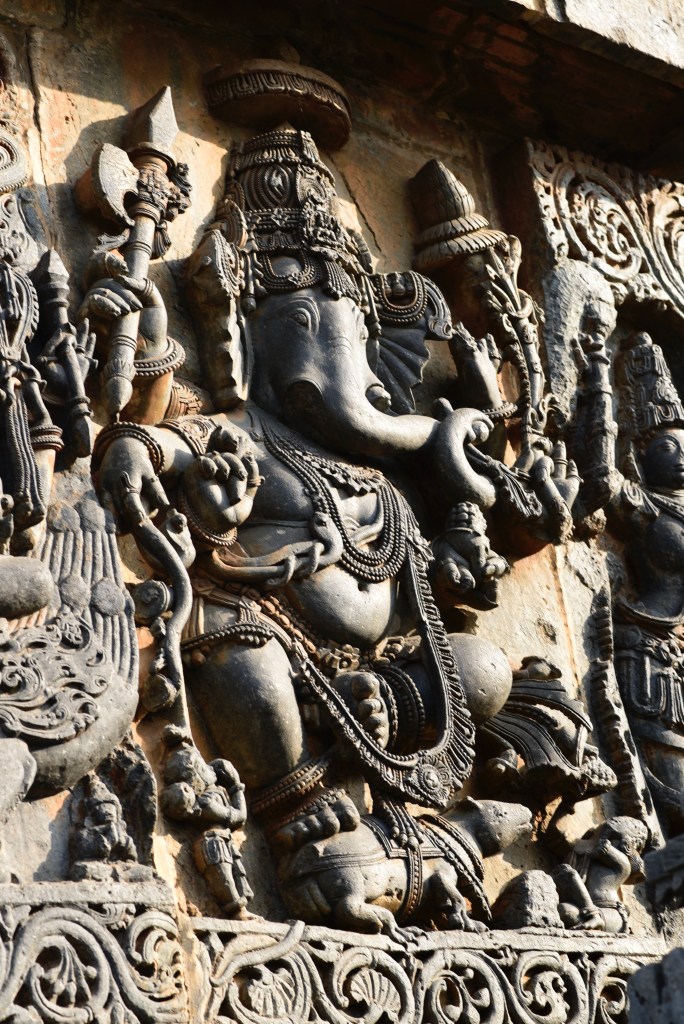
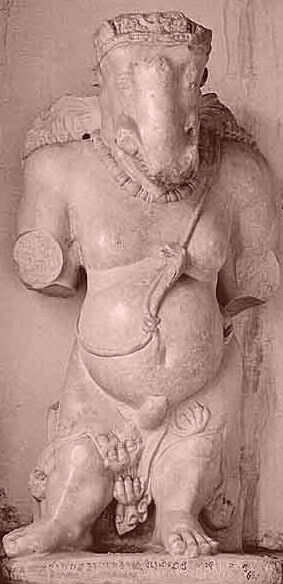
- R. G. Bhandarkar opined that Ganapati and his worshippers aren’t mentioned in any of the Gupta period inscriptions, and the description of ganapati in Brhatsamhita (Pratimalakshanam chapter) was a later interpolation; thus, making it more likely that Ganesha came to be regularly worshipped after the late Gupta period. He however traced the start of the worship to a much earlier period (1st c. CE), which began when people started venerating spirits that placed obstacles in the lives of men and women, such as Sala, Usmita, Devayajana, etc (these and many more are mentioned in Yajnavalkya Smrti and Manava Grhyasutra). These texts along with Mahabharata termed such spirits as Vinayakas, and also gave various ways of appeasing these mischievous spirits. In this context one must remember the various names and their meanings associated with Ganapati -Vinayaka: Vighnaraja or King of obstacles, Vighna- vinasana or destroyer of obstacles, and Siddhidata or giver of success. Thus, as Dhavalikar stated, Ganesha was ” first the obstacle creator (vighna-karta), and later (around 6th c. CE) became the obstacle averter (vighna-harta).”
- T. A. G. Rao in his book Hindu iconography has listed many stories about the origin of Ganesha from our various Puranas and Agamas, where we find Ganesha is the son of Parvati alone, of Shiva alone, of both Shiva and Parvati, and even with an independent origin (Swaymbhu- Surya Vinayaka, a popular narrative in Nepal). These stories clearly show the various ways of placing Ganesha in line with the two more popular sects of worship: Shiva and Sakti. Ganesha’s association with Krishna is also a way of tying him up with the Vaishnavism sect.
- Coomarasway opined that Ganesha iconography was derived from the Yaksha and Naga traits, and an elephant yaksa is indeed seen on a coping from Amaravati (2nd c. CE). According to him the potbellied (tundila) trait of the yaksas is seen in Ganesha, and the head of a Naga as in an elephant (naga means both a snake and elephant).
- The term Ganapati when literally translated means “leader of the ganas.” Ganapati or Ganesha almost always has been associated with Shiva , who in Mahabharata is also known as Ganesvara, reaffirming the connection between the two deities. In this context Rudra of the Vedas with the Marutganaas is also noteworthy. In fact according to Banerjea, the elephant head of Ganesha can be explained by referring to the animal faces of Mahaparisadas of Rudra (in Skandabhisekha chapter of Salyaparva of Mahabharata). These mahaparisadas or ganas who are the attendants of Skanda here, have the faces of various animals, such as owl, cock, parrot, dog, fox, elephant, lion, etc. The Bhumara Shiva temple of the Gupta era (6th c. CE) was said to have many ganas with animal and bird faces (ASI reports of R.D. Banerji, 1924). Interestingly Ganesvara is also one among the thousand names of Vishnu (Vishnusahasranama– chapter 149 of Anusasanaparva in Mahabharata. However, the stotra also contains references to Shiva). Presently the association of Ganesha with wisdom is a likely later derivation from a confusion made between the Vedic Brhaspati (mentioned previously ), who is also known as Ganapati (Gananam tva Ganapatim havamahe kaviṃ kavīnāmupamaśravastamam – RV 2.23.1). To incorporate this association with wisdom, the part of Ganesha writing the Mahabharata as Vyasa dictated it was added later as a footnote in an appendix. The association of Ganesha with traders is easily traced to early medieval times through the Ghitiyala pillar (Jodhpur) where four images of Ganesha face four directions as the pillar capital, and shows an inscription dated (VS 918-861 CE), which reads that Kakkuka had sponsored the building of that structure for a successful running of the local trade enterprises with the blessings of Ganesha.


Ganesha as a giver of success and fortune is equally venerated by the Hindus, Jains, and Buddhists. In fact Ganesha is seen in many parts of SE Asia, and many medieval era images have been found from Java, Philippines, Bali, Cambodia, Borneo, Burma, Thailand, Sri Lanka, China, and Japan. India once had six subdivisions under the Ganapatya sect, and these were devotees that worshipped the 6 different forms of Ganapati: Maha, Haridra, Svarna, Santana, Navanita, and Unmatta-Ucchista.
From various available books, research papers, and images it can be derived that that the earliest murtis of Ganesha, of both the standing and sitting varieties, were with two arms holding a parasu and a mulaka (radish). The potbelly and one tooth are also among the earliest characteristics seen that continue even today. TAG Rao in his book on temple iconography presents a general form of Ganapati collected from various text sources that show him as four armed; however the Brhatsamhita in a couplet describes him with two arms carrying a kuthara (parasu) and a mulaka, potbellied, and with one tooth :
Pramathadhipo gajamukhah pralambajatharah kutharadhari syat| Ekarisano bibhranmulakakandan…….
Interestingly the pot of sweets that is now associated with Ganapati finds no mention in Brhatsamhita, which has the earliest mention of the deity; however the pot of sweets appear early in iconography from 1st c. CE (seen in the Pal terracotta Ganeshas). Later texts like Suprabhedagama, Vishnudharmattora, Rupamandana, etc. show Ganapati with four arms (which can go up 6, 8, 10, or even 16 arms) carrying the attributes: own tooth (svadanta) , modaka (sweets), ankusa (elephant goad), pasa (noose), naga, vajra, japmala, lotus, wood apple (bael), etc. It is in these later texts that we find a mouse being described as his vahana, and there are mentions of his consorts Vighnesvari, Buddhi, Sri, Bharati (Sarda), Riddhi, and Siddhi. These later books also give traits that are commonly seen now in Ganesha murtis, such as, three eyes, the poses abhanga and samabhanga, tiger skin as garment, and a snake as his sacred thread. These texts have also described many other iconographic forms of the god, such as Bala Ganapati, Bija Ganapati, Sakti Ganesha, Taruna Ganapati, Maha Ganesha, Nrtya Ganesha, Haridra Ganesha, Heramba Ganesha, etc.
Anand Coomaraswamy had pointed out in his book Yaksas (part 1, p. 42) of a relief from Amaravati (2nd c. CE) which showed an elephant headed gana (it lacks trunk and tusks) carrying a garland, which he suggested was Ganesha. Some earlier 1st c. CE Ganesha images are as described by Dr. Ajit Kumar in his paper, the image of which has been shared below
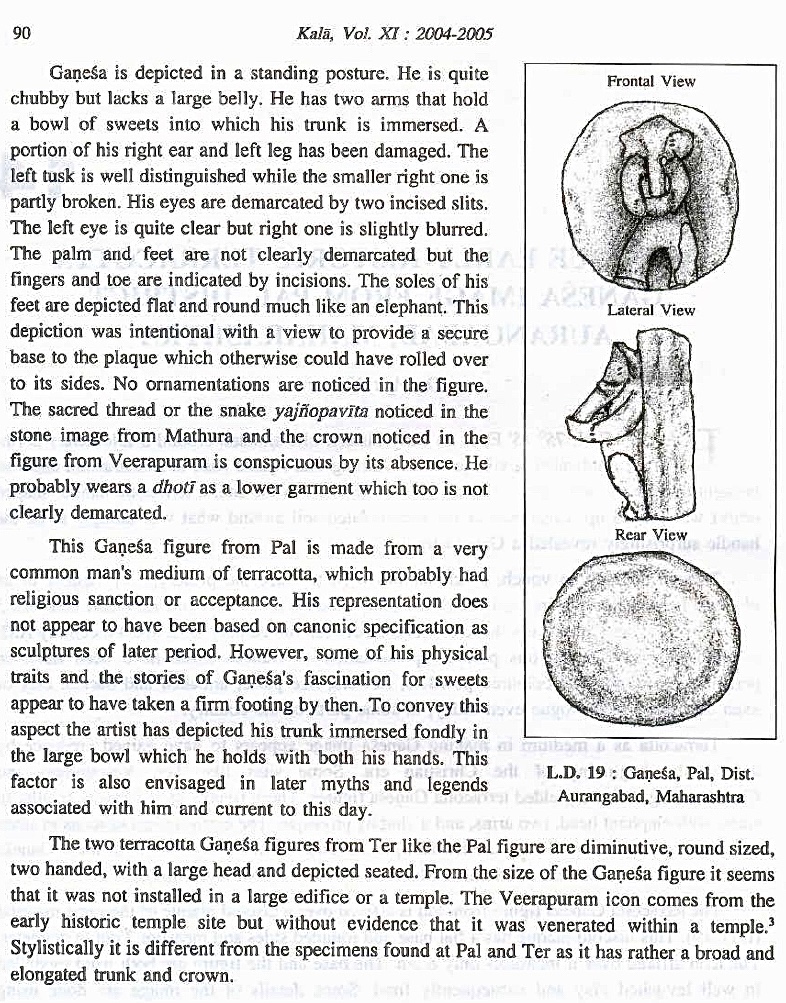
Other early Ganesha representations found are in a bas relief from Mathura (Kushana era) that show 5 elephant headed yaksas or ganas, a stone in high relief from Fategarh district (UP), a red sandstone Ganesha murti from Mathura of late 3rd c. CE, a small Gupta era terracotta image from Monastery II at Sarnath, and one at the Maniyar Naga mound at Rajgir. From the 5th c. CE onward Ganesha starts appearing regularly, and we see his images at the Udayagiri caves near Sanchi, on the Bhitargaon temple plaque, in Nachna, Elephanta, Aurangabad, Samalaji, etc., where Ganesha appears more developed in terms of iconography. The 6th c. CE statue from Bhumara shows Ganesha with 4 arms holding an axe, a broken tusk, a sceptre, and embracing a Sakti. Some later period beautifully embellished Ganeshas are seen in Khiching , in Mayurbhanj district of Odisha, and some dancing Ganeshas of the medieval era Bengal. Comparing the various Ganesha murtis of the early and late developmental stages give a fair understanding of the process through which this essentially a folk deity was absorbed and given much embellishments in the later hierarchy forms of the Hindu pantheon.







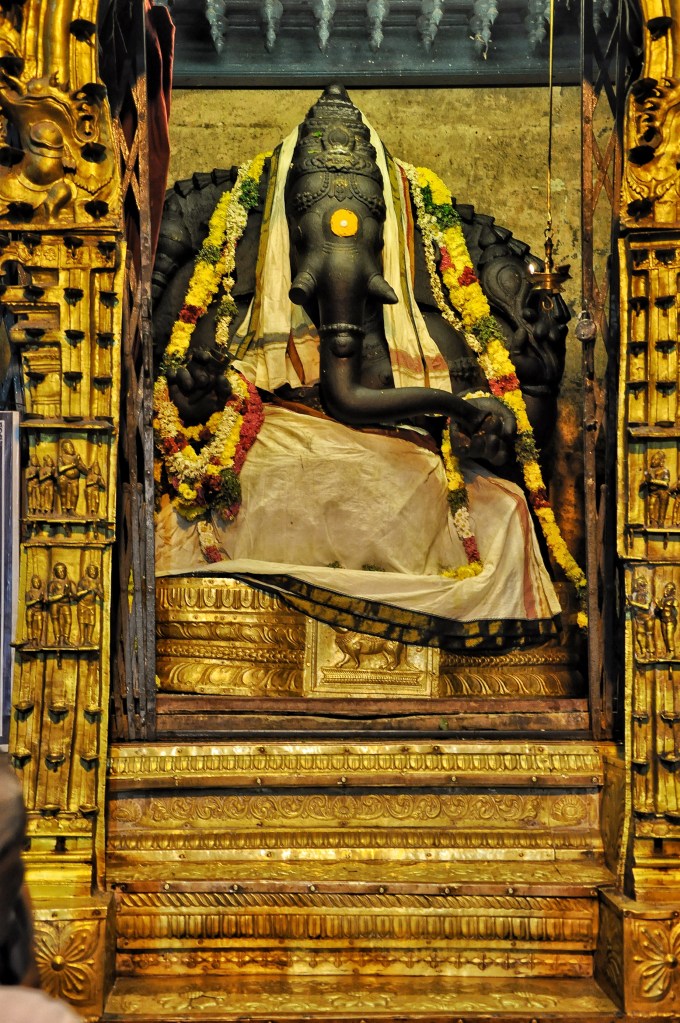

References
A. Coomaraswamy, Yaksas.
ASI reports of R.D. Banerji, 1924
Dhavalikar, M.K. “Gaṇeśa: Myth and reality” in Brown Robert (1991), Ganesh: Studies of an Asian God
Dr. Ajit Kumar, 2007. “A Unique Early Historic Terracotta Ganesa Image from Pal” in Kala, The Journal of Indian Art History Congress, Vol XI. (2006–2007), pp. 89–91
T.A. Gopinath Rao, Elements of Hindu Iconography
Y. Krishan, The Origins of Ganesha, Artibus Asiae, Vol. 43, No. 4 (1981 – 1982), pp. 285-301
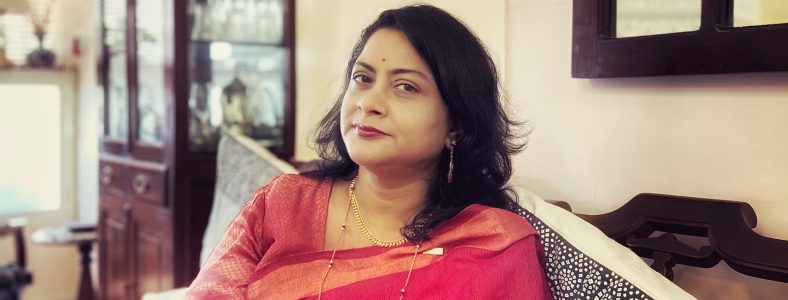
Nice
LikeLiked by 1 person
This is wonderful. Well researched. Thanks a lot 🙏🙏
LikeLiked by 1 person
Thank you 😊
LikeLike
excellent work!
LikeLiked by 1 person
Thank you
LikeLike